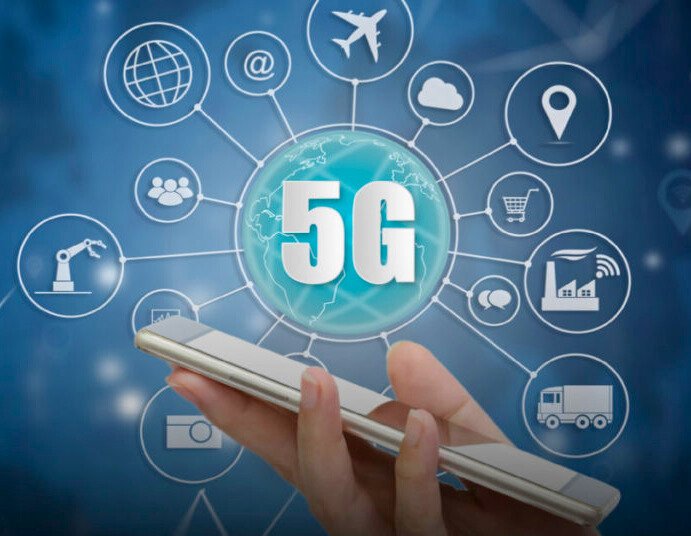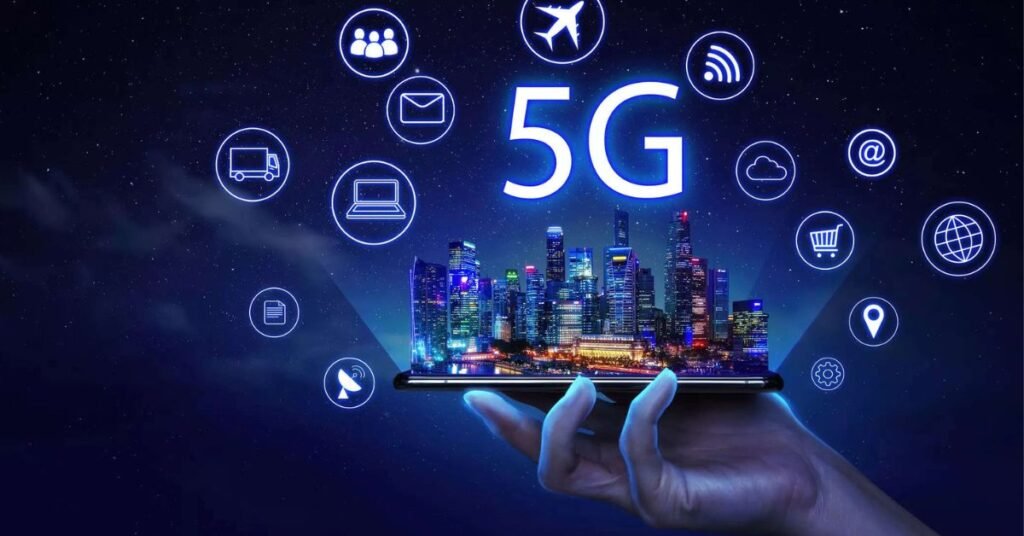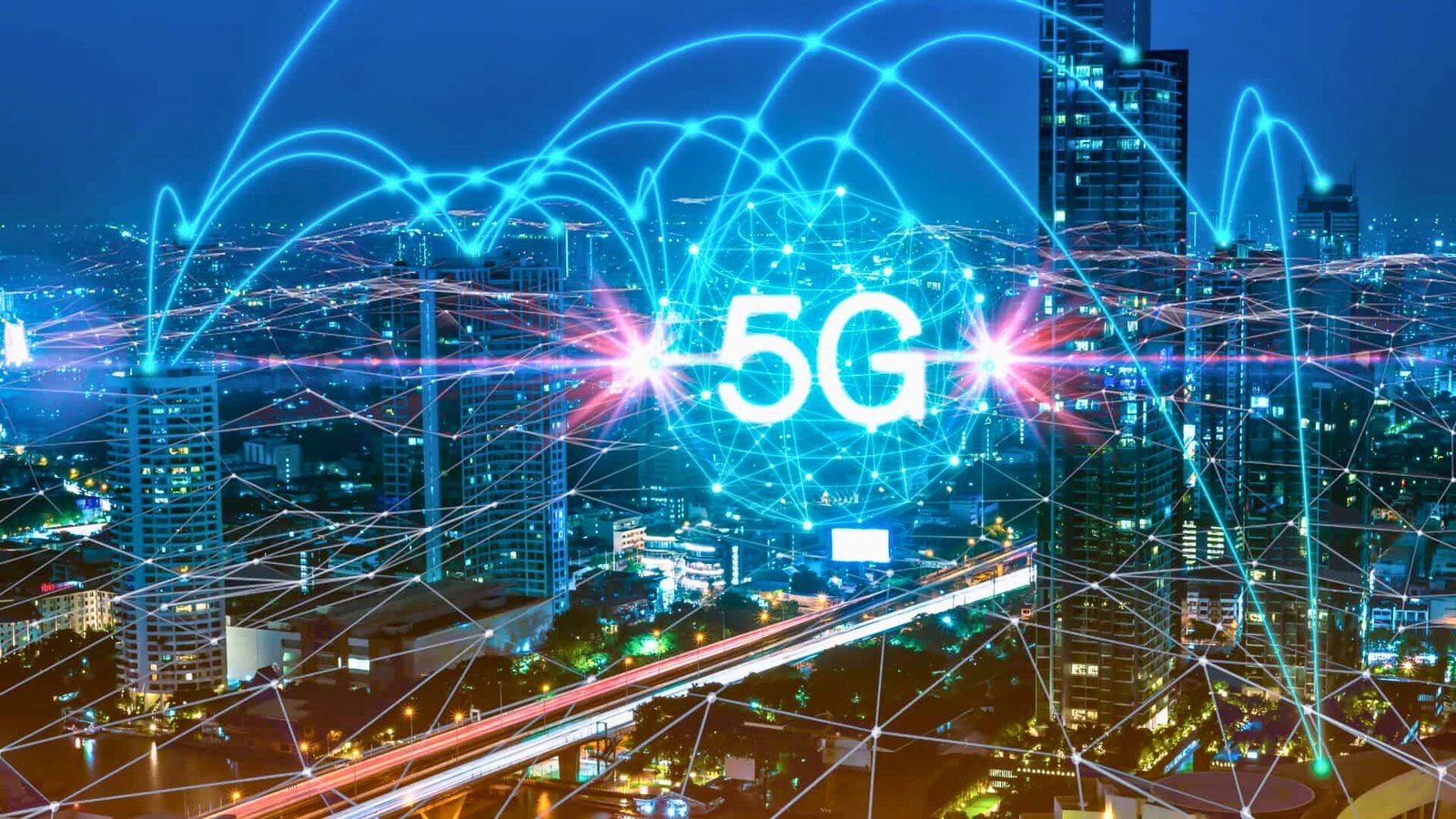Introduction
5G technology represents the next major leap in mobile connectivity, promising to revolutionize not only how we communicate but also how we interact with the world around us. With its enhanced speed, lower latency, and greater capacity compared to its predecessors, 5G is set to unlock a range of new possibilities and innovations.
What is 5G?
5G, or the fifth generation of mobile networks, is the latest standard in mobile communication technology. It follows 4G LTE, offering significantly improved performance and new capabilities. 5G operates across three main frequency bands:
-
Low-Band Spectrum (Sub-1 GHz):
Provides broad coverage and better penetration through buildings, but at lower speeds.
-
Mid-Band Spectrum (1-6 GHz):
Balances speed and coverage, offering faster speeds and moderate coverage.
-
High-Band Spectrum (24 GHz and above, often called mmWave):
Delivers ultra-fast speeds and high capacity, but with limited coverage and reduced penetration.
Key Benefits of 5G

-
Increased Speed and Capacity:
-
Speed:
5G offers speeds up to 10 Gbps, significantly faster than 4G. This means quicker downloads, smoother streaming, and a more responsive internet experience.
-
Capacity:
5G networks can handle many more devices simultaneously, alleviating congestion in crowded areas and improving overall network performance.
-
-
Lower Latency:
-
Response Time:
With a latency as low as 1 millisecond, 5G reduces the delay between sending and receiving data. This is crucial for real-time applications like gaming, virtual reality (VR), and autonomous vehicles.
-
-
Enhanced Connectivity:
-
IoT Integration:
5G supports a vast number of connected devices, making it ideal for the Internet of Things (IoT). This includes smart homes, industrial automation, and connected cities.
-
-
Improved Reliability:
-
Consistency:
5G offers a more reliable connection with fewer interruptions, providing a stable experience for critical applications and services.
-
Applications of 5G Technology

-
Autonomous Vehicles:
-
Real-Time Communication:
5G enables faster and more reliable communication between vehicles and infrastructure, which is crucial for the safe operation of self-driving cars.
-
-
Smart Cities:
-
Infrastructure Management:
Enhanced connectivity supports smart traffic management, energy-efficient buildings, and improved public safety systems.
-
-
Healthcare:
-
Telemedicine:
5G enables high-definition video consultations, remote surgery, and real-time health monitoring, expanding access to healthcare services.
-
-
Entertainment and Media:
-
AR/VR Experiences:
5G’s high speeds and low latency enhance augmented reality (AR) and virtual reality (VR) experiences, providing more immersive and interactive content.
-
-
Industrial Automation:
-
Smart Factories:
5G facilitates advanced manufacturing processes with real-time data analysis and automation, increasing efficiency and reducing downtime.
-
Challenges and Considerations
-
Infrastructure Development:
-
Deployment Costs:
Building the necessary infrastructure for 5G, including new cell towers and equipment, involves significant investment.
-
-
Coverage and Accessibility:
-
Range Limitations:
High-band frequencies offer fast speeds but limited coverage. Ensuring widespread and equitable access requires overcoming these limitations.
-
-
Security Concerns:
-
Data Protection:
With increased connectivity comes increased risk. Ensuring robust security measures to protect against cyber threats is essential.
-
-
Health and Safety:
-
Radiation Concerns:
Ongoing research and regulation address concerns about the potential health impacts of increased radiofrequency radiation from 5G networks.
-
Conclusion
5G technology stands poised to revolutionize the way we connect and interact with the world. Its potential to drive innovation across various sectors, from smart cities to healthcare, is immense. As 5G networks continue to roll out globally, the full impact of this transformative technology will unfold, shaping the future of connectivity and beyond.
